

If you spend enough time reading automotive care magazines, you will start to see the same fall maintenance tips over and over: check your tire pressure, inspect your brake rotors, inspect fluid levels, and maybe even check the two-digit month and year on your battery to see if it is nearing the end of its life (typically 3-5 years on average). While these are all great suggestions to work into your maintenance schedule, they are a bit redundant. We thought a new list with some oddball ideas might be a better fit.

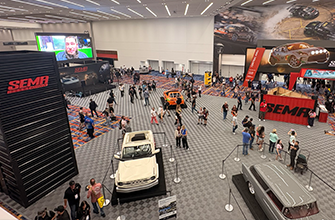
I’ve often said that SEMA is the Super Bowl of the automotive industry. While there are valid arguments both for and against that comparison, one fact remains: every year, SEMA draws more than 2,200 exhibitors and approximately 160,000 visitors - making it one of the top three events held at the Las Vegas Convention Center. That alone is nothing short of remarkable for anyone who lives and breathes automotive culture.

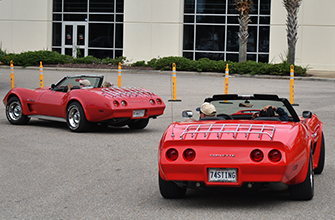
There are few pastimes that capture American culture quite like a car show. I spent my youth immersed in car shows and racing events, with a father who always had a project in the driveway (something I naturally inherited). But don’t let that make you think you wouldn’t be welcome if you're not a traditional “car person.” Car shows are about more than just the cars; they’re a way for owners to showcase their finest achievements and builds. Since COVID has passed, destination-style, weeklong car shows have grown in popularity, celebrating not just the rides themselves but the culture and camaraderie that surround them.
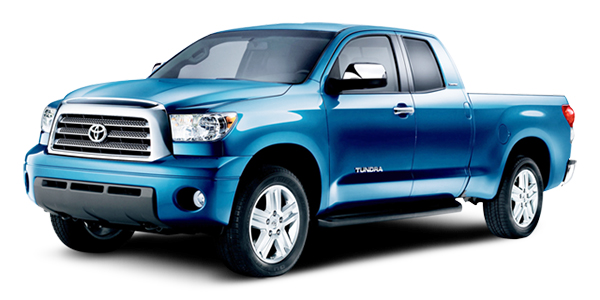

Vehicle: 2010 Toyota Tundra, 2WD, V8-5.7L (3UR-FE), Automatic Transmission/Transaxle
Mileage: 187,009 miles
Problem: The owner’s concern was that the transmission would shift into fourth gear but not overdrive. The malfunction indicator light (MIL) and the traction control lights were on.


The SEMA Show is where vocational, recreational, professional, and enthusiast automotive communities all gather—a sort of Super Bowl for car culture. During the week, you’ll rack up a total step count in the six-digit range. While the main attraction is at the Las Vegas Convention Center, car culture spills out across the city, providing entertainment even after the show’s security shuts things down for the night. Instead of heading straight to your hotel, despite your body begging for rest, you can venture out and fully immerse yourself in yet another round of automotive excellence.


The dog days of summer are here, and someone thought it was a great idea to release the kids from school. While you're doing your best to fight off boredom and preserve your sanity, it’s worth checking a few things on your car before heading out on that family road trip. Just like the summer sun, it all comes down to heat. Before relocating household arguments to your vacation destination, here is a list of things to make sure your vehicle runs in tiptop shape.
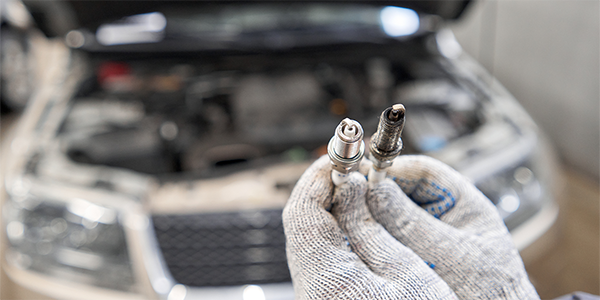
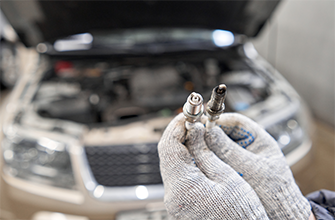
When it comes to a clean-running engine, there are a few telltale signs beyond just a check engine light (CEL), that can alert drivers to potential issues. These symptoms may include hard starting, sluggish acceleration, engine misfires, or a rough idle. However, diagnosing problems that don’t trigger a diagnostic trouble code (DTC) can be as simple as pulling each spark plug to visually inspect its coloration, fouling, or damage.

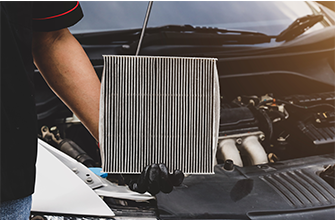
Spring has sprung, and while you're cleaning out the garage and decluttering the house, don’t forget there are other things worth refreshing – things that may not save space, but can give both you and your car a breath of fresh air. In other words, let’s talk car filters.


Someone once asked me what I thought was one of the most important but overlooked components in a vehicle. Hands down, I’d say it’s the battery. When it fails to start the engine, it quickly becomes the sole focus of your busy day. Whether the vehicle is in your driveway or stuck in a parking lot, your options become either getting the vehicle towed directly to a repair shop or finding someone to jump start the vehicle in hopes of successfully making to an auto parts store or a repair shop to buy a new battery. Either scenario can be stressful, inconvenient and costly, especially in unexpected situations.

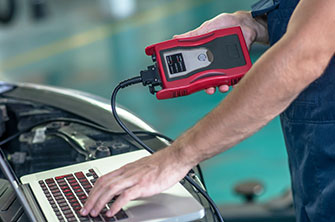
Like most electronic devices, scan tool technology is evolving at a rapid pace and the product options seem almost endless. So, how do you know which one is right for you? The answer depends on the features and functionality you want, your budget, and your eagerness to take your diagnostic skills to the next level. In this article, we will explore various kinds of scan tools, pricing and what to look for when choosing the right scan tool for your needs.
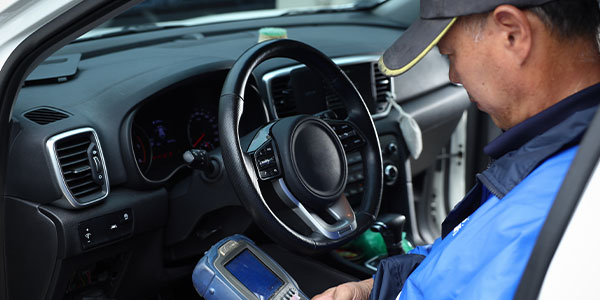
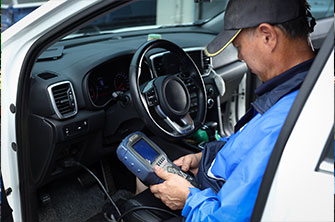
Let’s face it, diagnosing automotive electrical, drivability or emissions-related issues can be a bit challenging. But a DIYer or automotive student armed with good diagnostic skills, a scan tool and reliable diagnostic and repair information can identify and fix most of those issues.
Diagnostic skills will develop naturally with practical experience so in this article, our focus will be on building a good fundamental knowledge of on-board diagnostics (OBD), scan tool operation, diagnostic trouble codes (DTCs) and what to do with DTCs once you’ve found them.
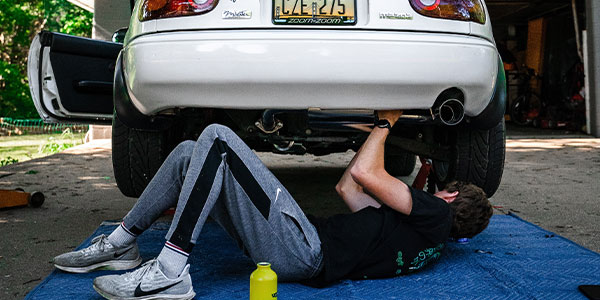
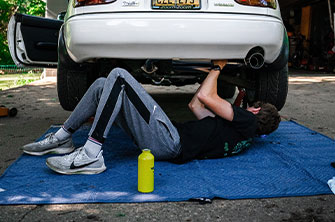
Many of us are hanging on to our vehicles longer than ever before. In order to protect your investment, performing routine maintenance is essential to keep your car, truck, or SUV running at its best.
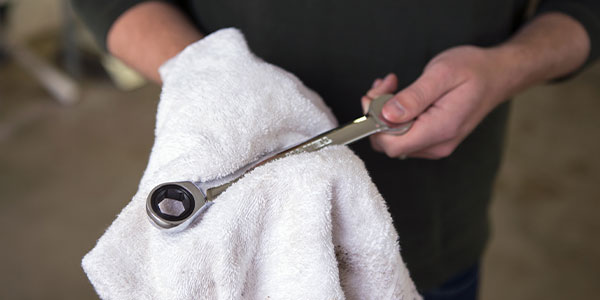

Performing basic vehicle maintenance requires a set of tools and equipment to effectively and safely work on your car. Here is a list of essential tools and equipment for vehicle maintenance...
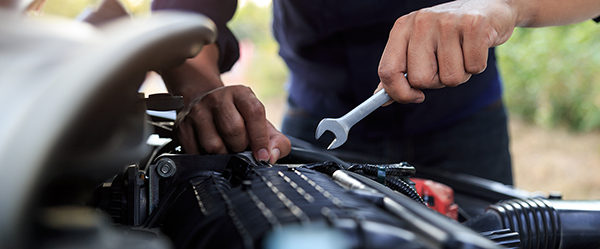
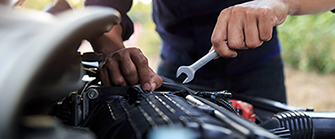
You’re no doubt familiar with AutoZone, the nation’s leading retailer of automotive parts and accessories with more than 7,000 stores in the U.S., Puerto Rico, Mexico, and Brazil.


Most of us rely on our vehicles to take us everywhere. We jump in the driver’s seat, turn the ignition key (or push the START button) and away we go. But what happens when you turn the key, or push the button, and nothing happens? You may hear the starter slowly turnover a few times then a rapid clicking from somewhere under the dash or hood. After that… silence.







